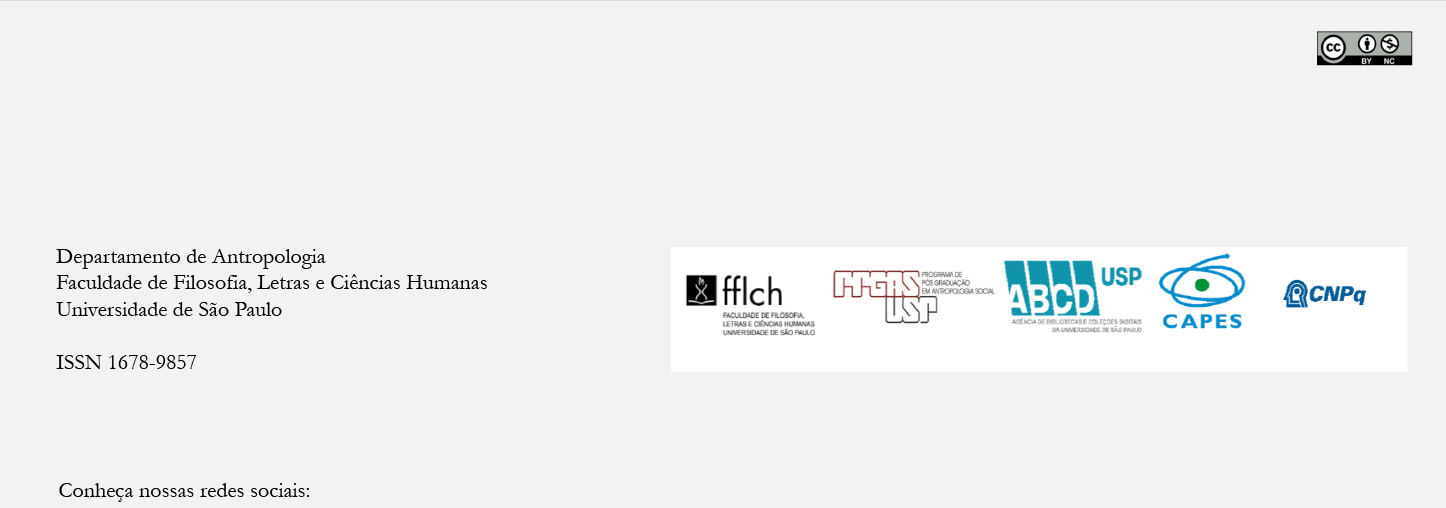Afinidades biológicas de grupos pré-históricos do vale do rio Ribeira de Iguape (SP): uma análise preliminar
DOI:
https://doi.org/10.1590/S0034-77012005000200004Keywords:
craniometry, riverine shellmound, Principal Component AnalysisAbstract
Although there is no doubt about human contacts between inland and coast in Southern Brazil during archaic times, these contacts remains unknown. Due to its geomorphologic idiosyncrasies, the Ribeira de Iguape valley, in the State of São Paulo, is one of few regions in Southeastern Brazil where this communication could be easily performed. Here we present results of a craniometric analysis using 12 human skeletons from riverine shellmounds from Ribeira de Iguape valley, dated to between 6,000 and 1,200 years before present (non calibrated). These specimens were compared to 225 human skeletons from several Brazilian pre-historic sites from inland and coast. The biological affinity found in early Holocene individuals from this valley and Paleoamericans was not observed for the archaic riverine shellmound groups. No affinities were found between them and other inland series, as well. The riverine shellmound groups are close to the coastal shellmound groups from São Paulo and Paraná, which can be interpreted as evidence of a relevant contact between coast and inland, at least in Southern São Paulo State in the middle Holocene.Downloads
Download data is not yet available.
Downloads
Published
2005-01-01
Issue
Section
Articles
License
Authors who intend to publish in this journal must agree with the following terms:
- a) Authors retain copyright and grant the journal the right of first publication. The work is simultaneously licensed under the Creative Commons Attribution License, which allows the work to be shared as long as the author and the initial publication in this journal are appropriately credited.
- b) Authors are authorized to sign additional contracts for non-exclusive distribution of the version of the work published in this journal (e.g., to publish it as a book chapter), as long as the author and the initial publication in this journal are appropriately credited.
- c) Authors are allowed and encouraged to publish and distribute their work online (e.g. on their personal webpage) after the editorial process, for this can generate productive changes as well as increase the impact and citation of the work. See The Effect of Open Access Publications.
How to Cite
Neves, W. A., & Okumura, M. M. M. (2005). Afinidades biológicas de grupos pré-históricos do vale do rio Ribeira de Iguape (SP): uma análise preliminar . Revista De Antropologia, 48(2), 525-558. https://doi.org/10.1590/S0034-77012005000200004



